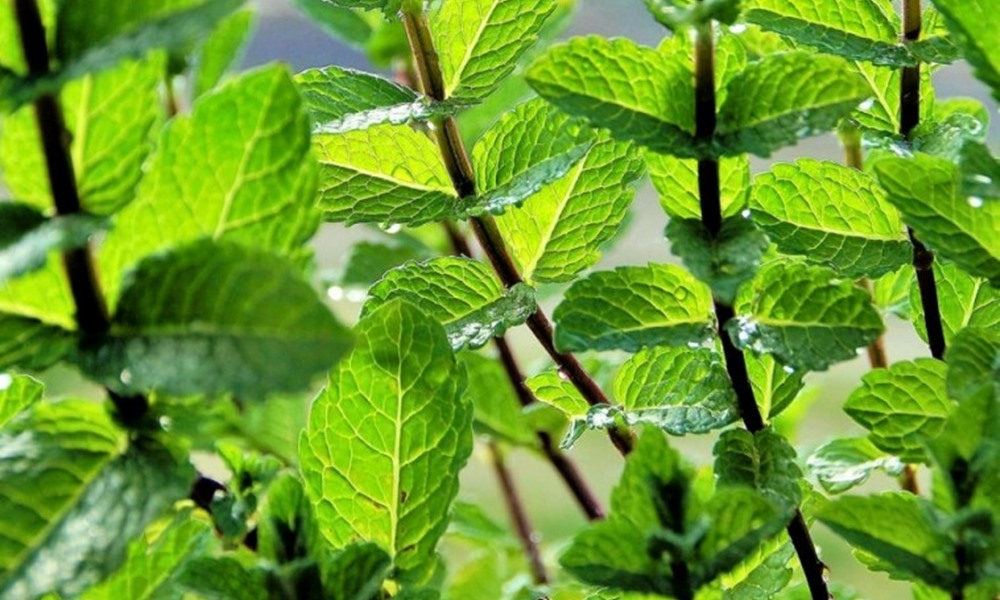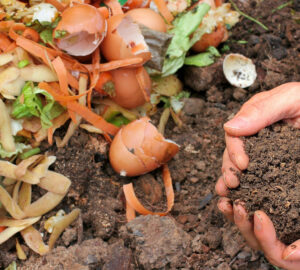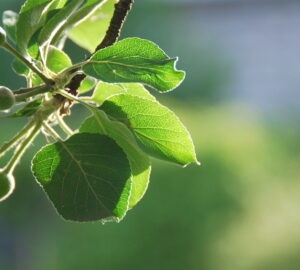Embarking on the journey of cultivating a herb garden promises both delight and fulfillment, yet it can be a daunting task for beginners faced with a myriad of choices. Amidst this herbal plethora, there exists an herb that stands out as the perfect starting point for novice gardeners: mint.
Mint, scientifically known as Mentha, emerges as the ideal herb for beginners for various reasons. Its relatively undemanding growth requirements, minimal maintenance needs and speedy development make it an excellent choice. Furthermore, its versatility extends beyond the garden, as mint leaves can be employed in culinary endeavors, brewed into teas or utilized as a natural insect repellent. Dive into the world of mint care and culinary applications with these essential insights:
Planting and Care
Mint thrives in moist, well-drained soil with a preference for partial shade. While it can adapt to various soil types, consistent watering remains crucial. Given its prolific and expansive nature, cultivating mint in a container is advisable to prevent it from overpowering your garden. In the event of planting mint directly in the ground, establishing a barrier is a wise measure to contain its spread. Vigilance is essential, as mint is susceptible to pests such as spider mites and aphids, necessitating prompt identification and treatment.
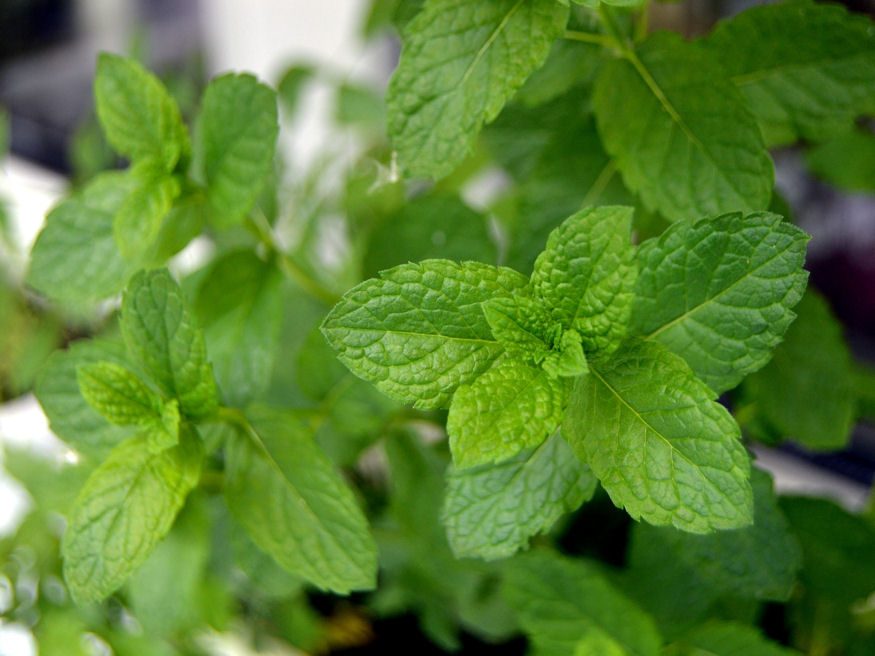
Harvesting
While mint leaves can be harvested throughout the growing season, it’s optimal to wait until the plant reaches a height of at least 15 cm (6 inches). Harvesting is a straightforward task; using sharp scissors or pruning shears, snip off the leaves at the stem.

Cooking with Mint
Mint’s versatility shines in a myriad of culinary applications, complementing dishes ranging from lamb and chicken to fish and various vegetables such as peas and carrots. Here are some enticing recipes that showcase the culinary prowess of mint:
- Mint Tea: Steep a handful of fresh mint leaves in hot water for 5-10 minutes, then strain and savor the aromatic infusion.
- Tabbouleh: Combine chopped mint leaves, parsley, bulgur wheat, tomatoes and cucumbers with lemon juice and olive oil for a zesty and refreshing salad.
- Mint-infused Lemonade: Refresh your taste buds with this invigorating mint-infused lemonade. Simply muddle 1/4 cup of fresh mint leaves in a glass, pour over ice and garnish with a slice of lemon. For the lemonade base, mix 1 cup of freshly squeezed lemon juice, 1/2 cup of sugar and 4 cups of cold water. Adjust the sugar to your preference, stir well and enjoy this revitalizing twist on a classic drink.
- Mint Chutney: Blend fresh mint leaves with garlic, ginger, jalapenos, lemon juice and salt to craft a flavorful condiment harmonizing impeccably with grilled meats and vegetables.
- Minty Yogurt Dip: Elevate your snacking experience with a minty yogurt dip; simply combine Greek yogurt with fresh mint, garlic, salt and pepper for a cool and flavorful accompaniment to vegetable sticks or pita chips.
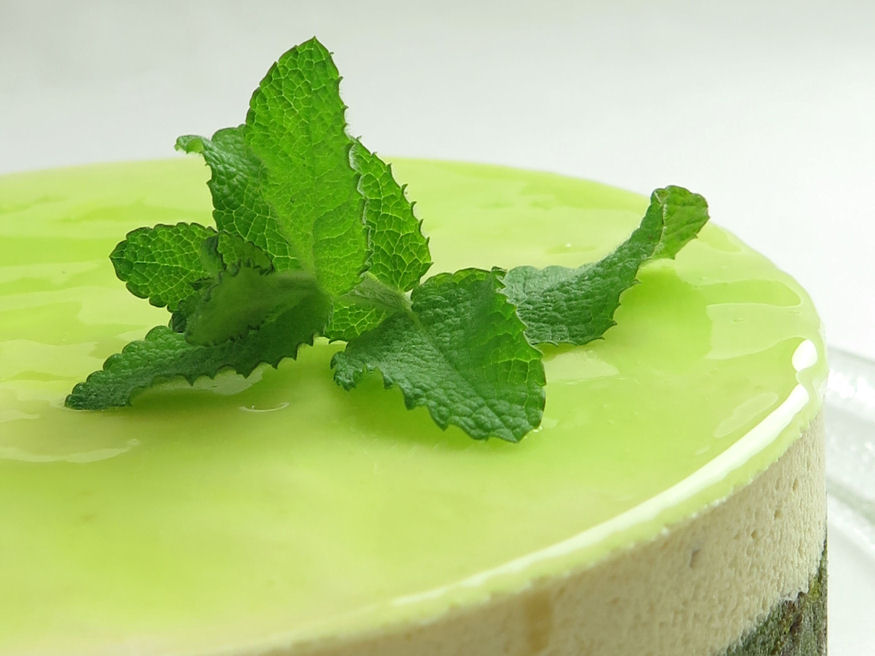
In conclusion, mint emerges as an excellent companion for burgeoning gardeners, seamlessly blending ease of care with culinary versatility. With a modicum of attention, you can cultivate a flourishing mint plant, yielding an abundance of fresh leaves to elevate your culinary creations and tea experiences.



